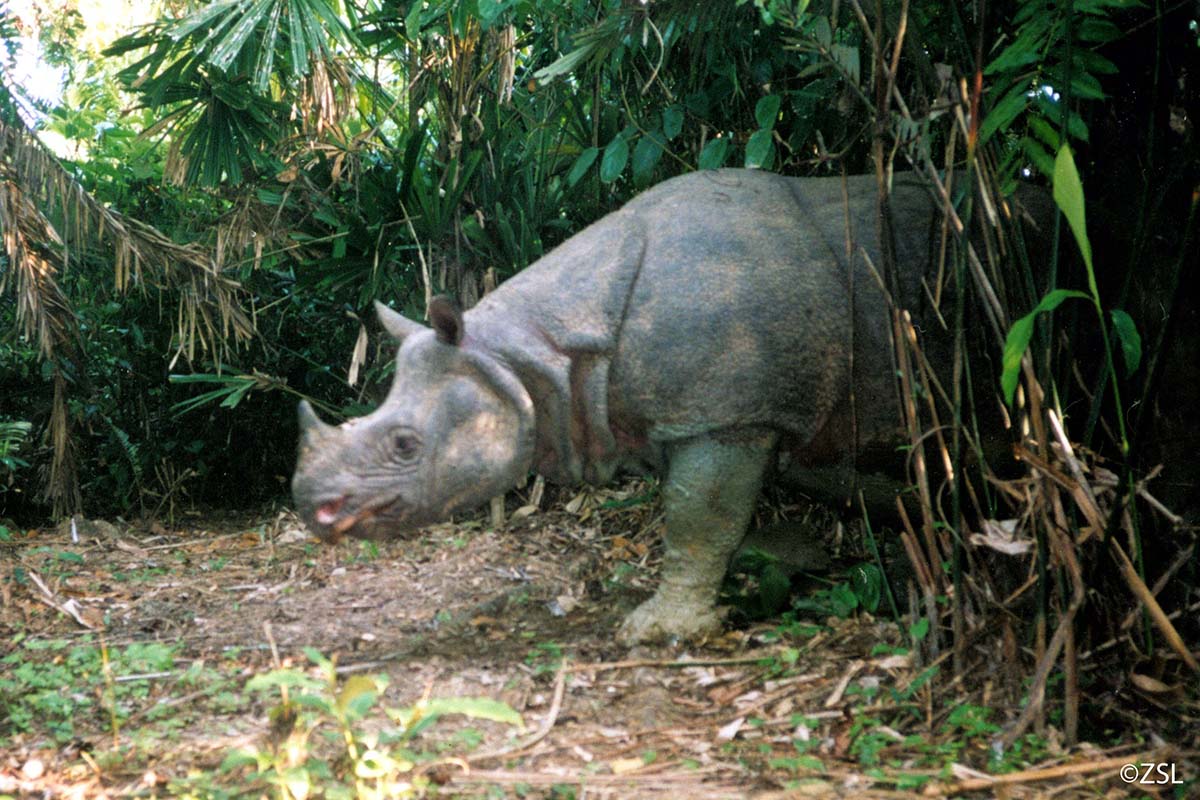


Biological management of rhinos, however, need complimentary management of the poaching threat as present poaching trends predict detectable declines in white rhino abundances by 2018. Density- and rainfall-dependent responses in birth- and death rates of white rhinos provide opportunities to offset anticipated poaching effects through removals of rhinos from high density areas to increase birth and survival rates. The black rhino estimate of 414 individuals (95% confidence interval: 343-487) was lower than the predicted 835 individuals (95% CI: 754-956). The exponential escalation in number of rhinos poached per day appears to have slowed. Counting rhinos on 878 blocks 3x3 km in size using helicopters, estimating availability bias and collating observer and detectability biases allowed estimates using the Jolly’s estimator. Kruger is a stronghold for the south-eastern black rhino and southern white rhino. We used previously published estimates and growth rates for black rhinos (2008) and white rhinos (2010) together with known poaching trends at the time to predict population sizes and poaching rates in Kruger National Park, South Africa for 2013. When losses due to poaching exceed birth rates, declining rhino populations result. The onslaught on the World’s rhinoceroses continues despite numerous initiatives aimed at curbing it.


 0 kommentar(er)
0 kommentar(er)
